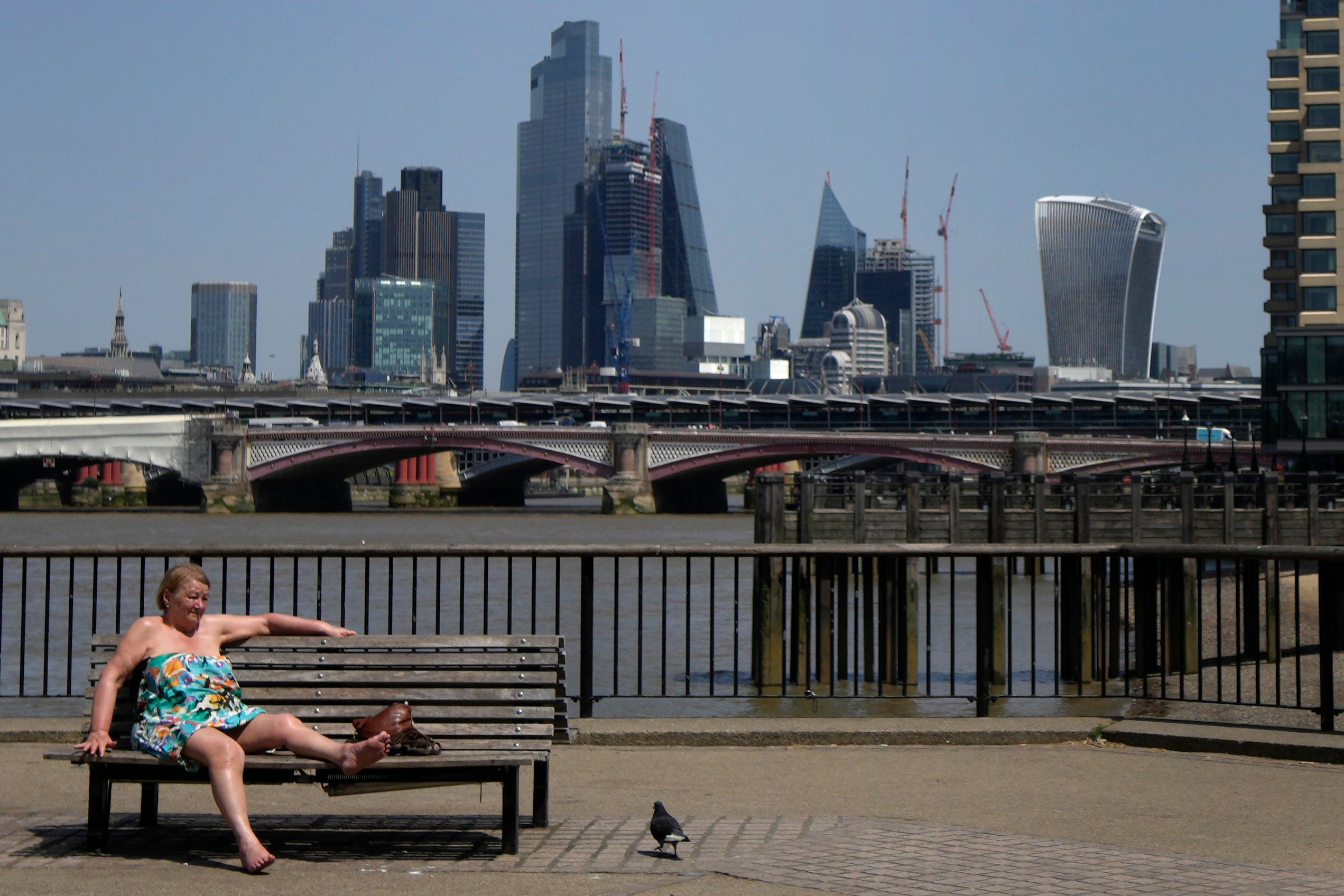Why you’ve probably been using sunscreen all wrong your whole life
What exactly does SPF mean, and how does it help you beat the heat? Kit Yates explains what factor you should really be using, why – and how often to reapply


Are you a 50, a 30, a 15 or a “chance it in the name of a tan” oil lover? We all identify with at least one of these, but do you really know what SPF means – or how to use it?
Most of us don’t, actually. And as a mathematician with two redheads in their immediate family, I know better than most how vital it can be to protect yourself from the sun’s rays; particularly now, when the UK is experiencing some of the hottest weather this island has seen since records began.
The Met Office has issued a heat “health alert” for this weekend, with temperatures expected to reach at least 30C.
And we’ve just lived through the hottest June on record – warmer even than the June which kicked off the notoriously stifling summer of 1976. In fact, the top four hottest summers on record in the UK have occurred within the last 20 years, with the summer of ’76 only scraping in at number five. Two of the top four occurred within the last five years (2018 and 2022).
So, to state the obvious: with this climate crisis-induced trend looking likely to continue, it’s important that we know how to look after ourselves. But the less obvious issue is that it isn’t always easy to know which suncream you should use, or how much, particularly when it comes to things like SPF numbers. As I discovered when writing my new book, How to Expect the Unexpected, many people aren’t aware of what constitutes appropriate protection and how to use it.
Here’s what you might not realise when you’re slathering on suncream: of the two types of ultraviolet radiation that reach the earth’s surface – UVA and UVB – UVB plays the most significant role in causing sunburn and skin cancers. The higher the SPF (sun protection factor) you use, the more damaging UVB radiation is blocked, but the relationship between the number on the bottle is not directly proportional to the amount of radiation screened out.
Factor 50, for example, is not twice as effective at blocking UVB radiation as factor 25. Factor 30 does not block three times as much UVB radiation as factor 10.
In fact (still with me? good), when applied correctly, factor 10 blocks out... 90 per cent of all UVB radiation. Factor 30 blocks out just over 97 per cent – and factor 50 blocks out 98 per cent.
That means that the higher you go, the smaller the level of increased protection you are afforded. The increase in SPF from 10 to 30 gains you more than 7 per cent more protection. But the increase by the same numerical margin – from 30 to 50 – gains you less than 1 per cent extra sun screening effectiveness.
Factor 30 is usually the baseline recommended SPF by dermatologists. Lower than that and the degree of protection afforded starts to drop off quickly.
The way SPFs are often explained is by talking about the increase in exposure times different factors allow. If your skin would burn when subjected to 10 minutes of exposure without any protection, then the idea is that SPF 10 would extend that time by a factor of 10 to 100 minutes. SPF 50 would extend it to 500 minutes.
The underlying maths is that you can find the total UVB radiation exposure by multiplying the exposure time and the intensity of radiation experienced. When you apply SPF 50, the duration of time you can theoretically spend in the sun without getting burned increases by a factor of 50 (hence the reason it is called a sun protection factor).
If the total exposure is to be the same, to compensate for this increased time, the intensity of radiation must decrease by the same factor – 50. So, factor 50 lets only 1/50 (or 2 per cent) of the UVB radiation through, which is where the figure of 98 per cent screening effectiveness comes from for factor 50. Similarly, factor 10 lets only 1/10 of the radiation though, blocking 9/10 or 90 per cent.
If the maths goes over your head, then focus on this bit: Most dermatologists would recommend reapplying sunscreen every two hours, since protection can diminish over time as it breaks down, dries out or is rubbed off your skin.
By talking about the link between SPF and extended duration of exposure (the idea that factor 10 allows you to stay out 10 times as long) rather than screening efficiency, the traditional explanation of SPF can be baffling and misleading.
We forget that effectiveness diminishes over time as the sunscreen wears off. Talking only about SPF and not the proportion of UVB rays screened out can cause us to gain a false sense of security about how long we can stay out in the sun safely.
It’s also worth remembering that the SPF only refers to protection against UVB rays, which cause most skin cancers and sunburn. It does not grant protection against the deeper-penetrating UVA rays, which are largely responsible for premature skin ageing – but also cause some sorts of skin cancers and contribute to sunburn.
So: enjoy those outdoor parties and BBQs that we so rarely get the opportunity for in the UK. Take advantage of the opportunity to pursue the sorts of outdoor activities that our inclement winter weather so often deprives us of. But trust me: wear at least factor 30, and reapply every two hours. You’ll thank me later.






Join our commenting forum
Join thought-provoking conversations, follow other Independent readers and see their replies
0Comments